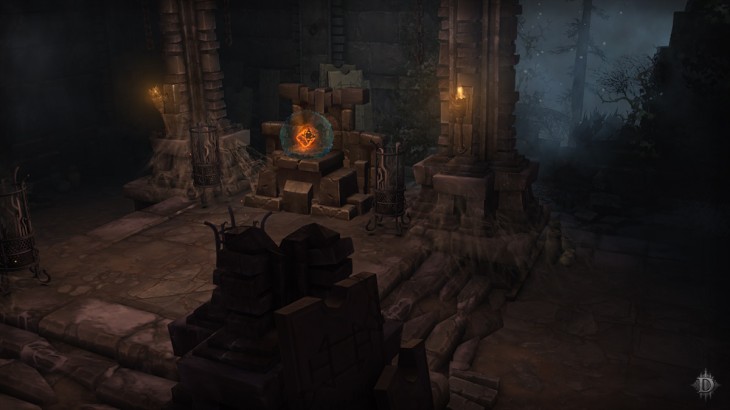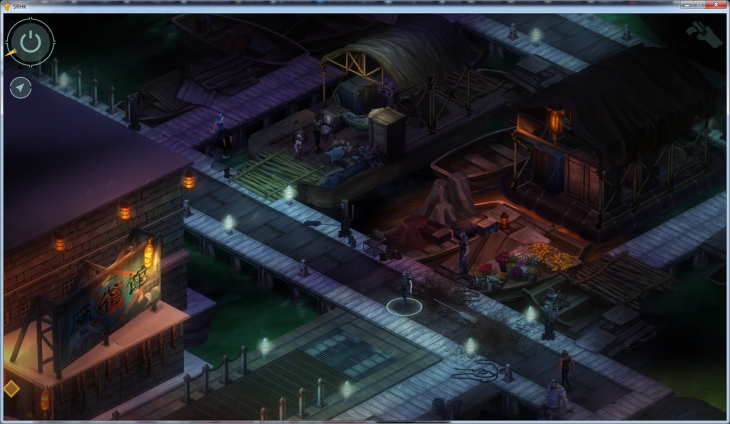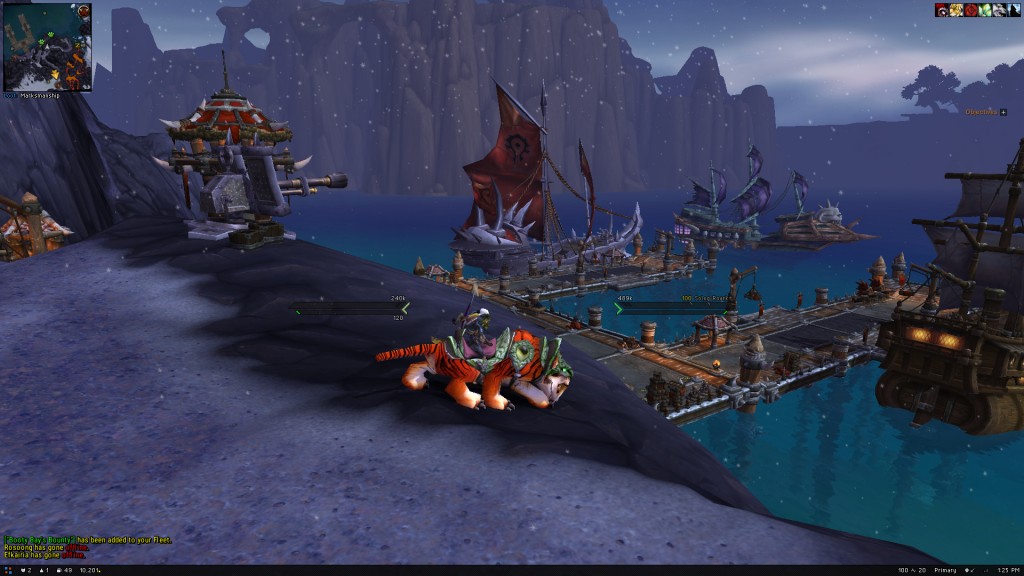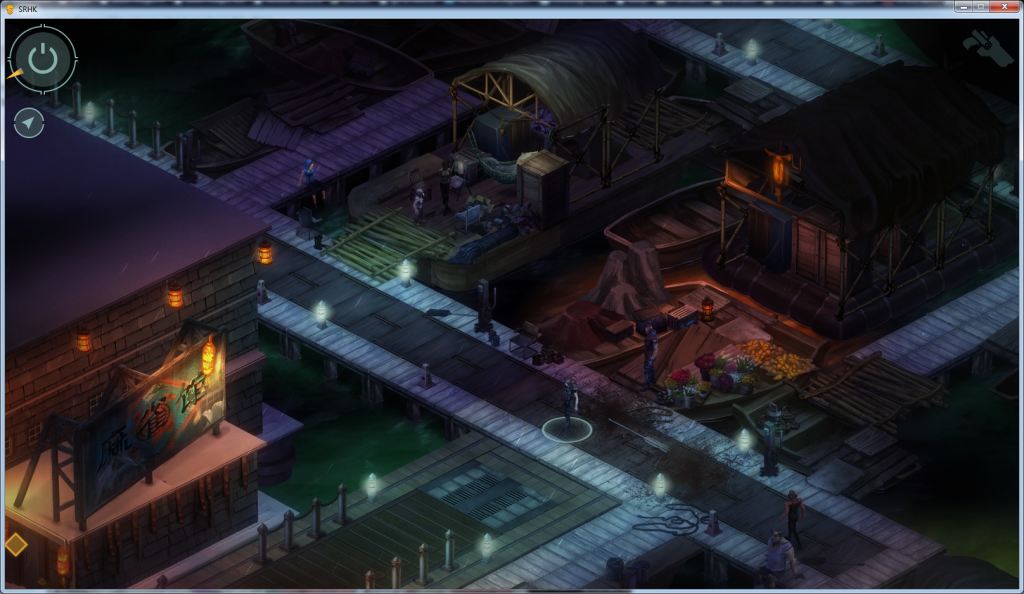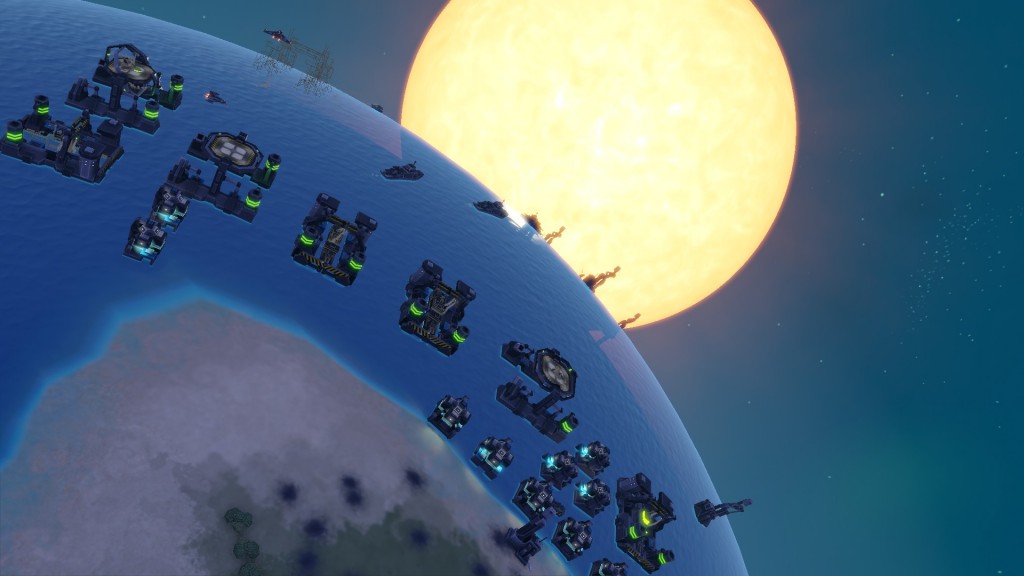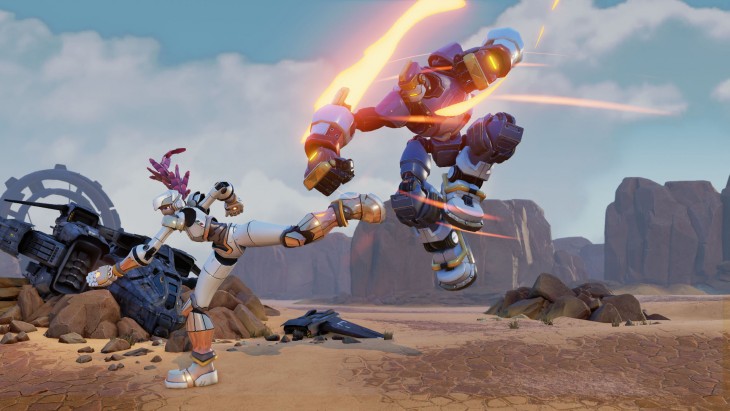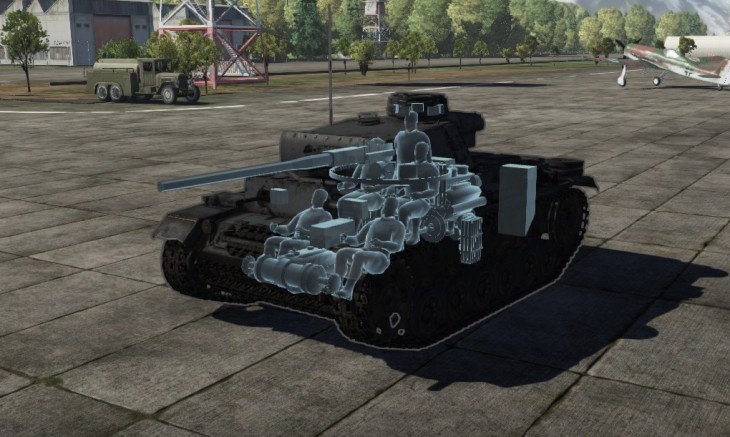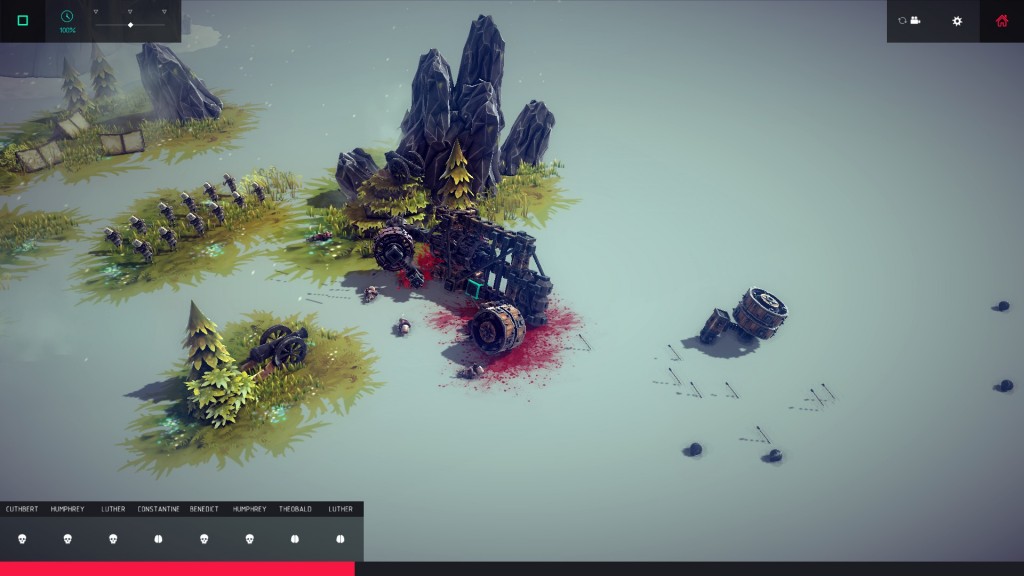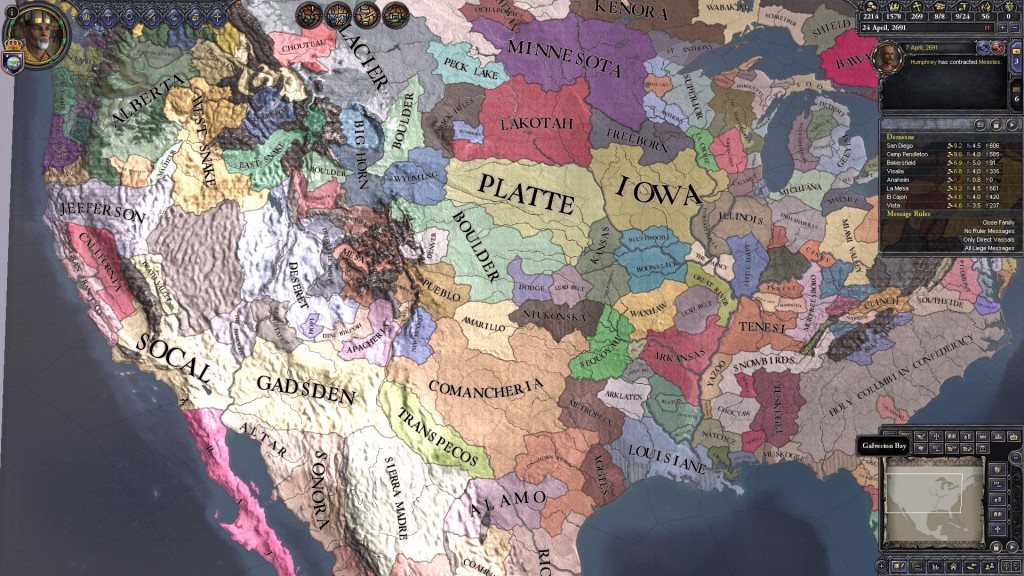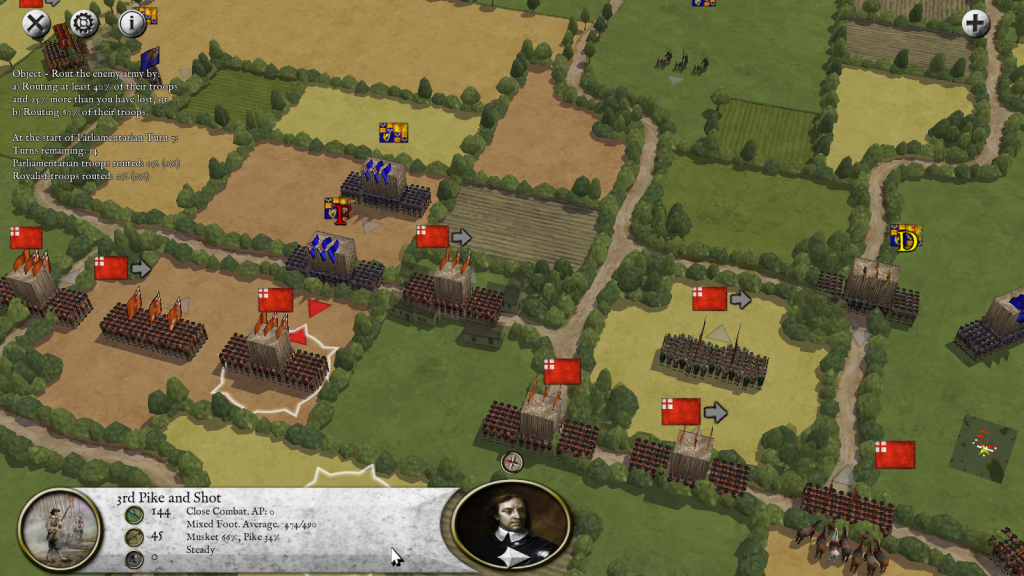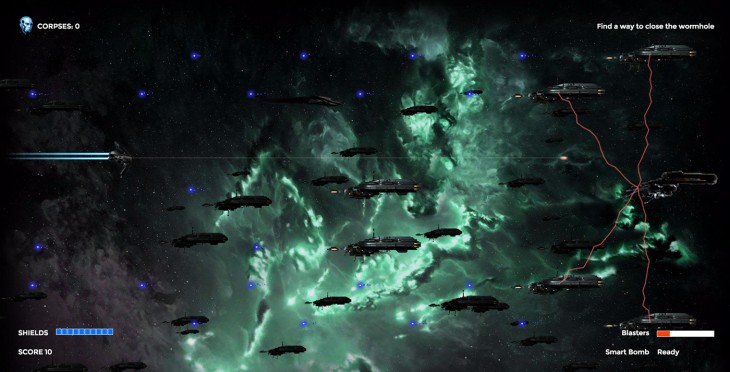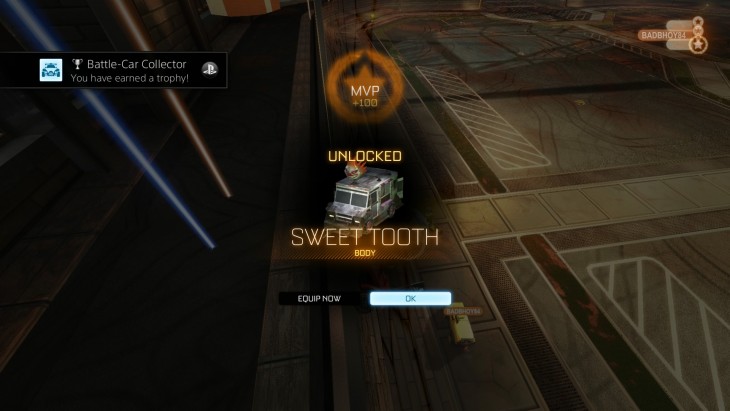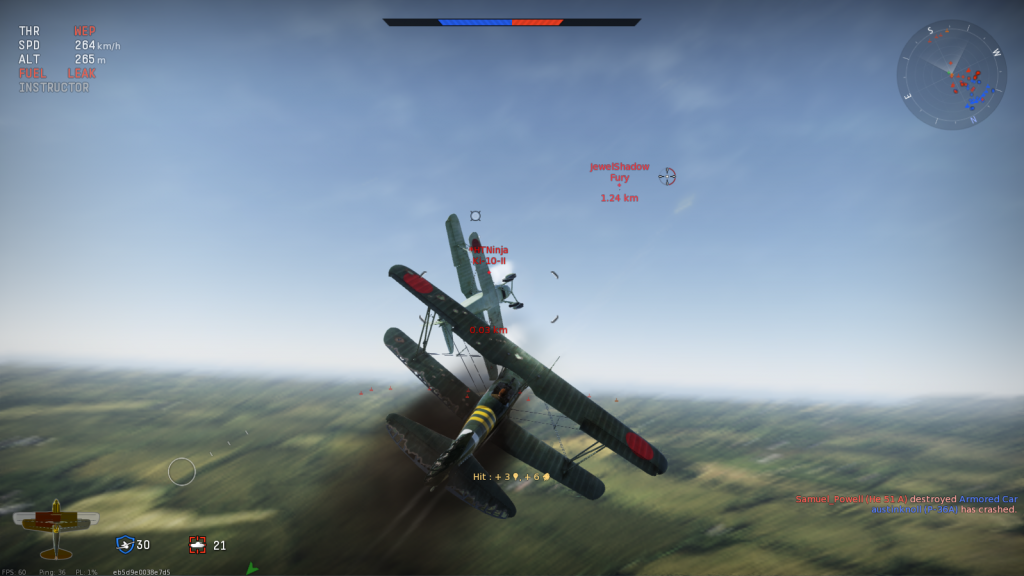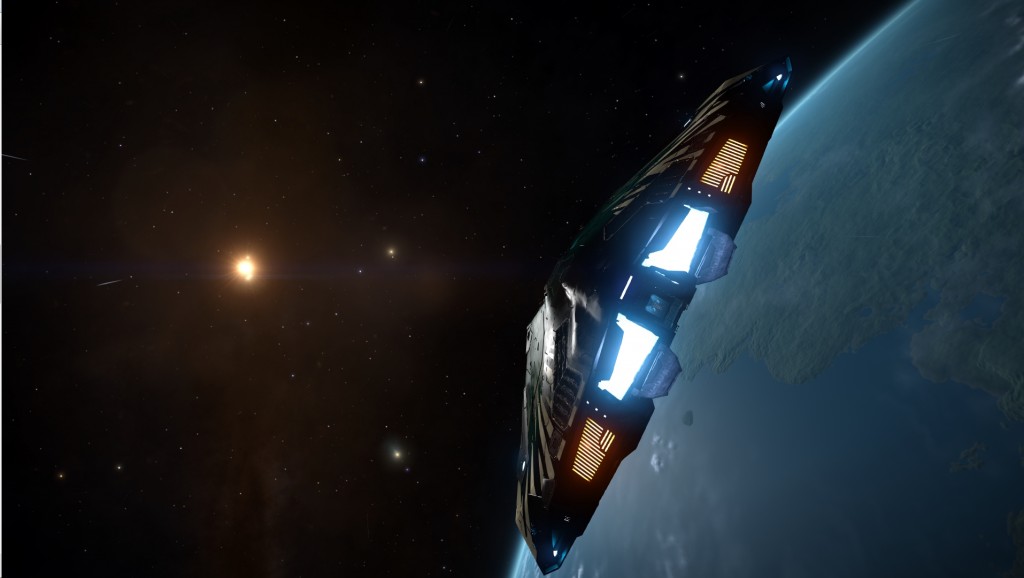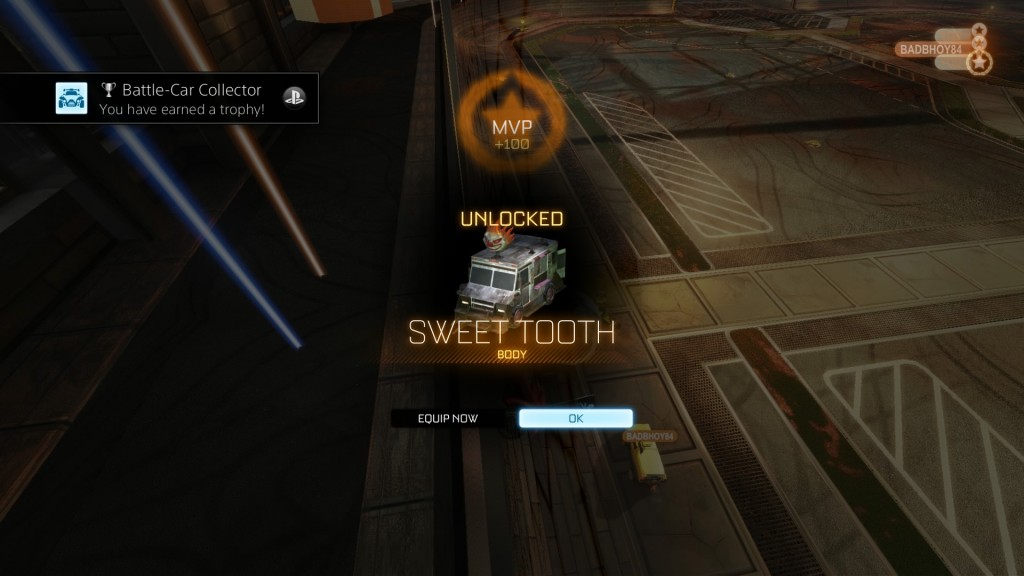Diablo 3 has a pretty phenomenal patch record. Patch 2.0 brought a lot of much-needed changes to the overall structure of the game, with the most important being the introduction of Loot 2.0. While no patch will ever have that much influence on the scope of Diablo 3 again, Patch 2.3 comes awfully close, and the many changes improve Diablo 3 in ways that I was unaware needed improvement.
There are three big changes in 2.3: Kanai’s Cube, Bounty and Rift simplification, and Seasonal Journeys.
Kanai’s Cube
Once upon a time, Diablo 2 had the Horadric Cube. This artifact allowed you to transmute items into other items, and even open portals to secret levels, such as the infamous cow level (which doesn’t exist). Before patch 2.3, Diablo 3 had no such item. With the introduction of Sescheron as a region, however, Kanai’s Cube is now available to take the old Horadric Cube’s place. It’s certainly a worthy successor.
The most overpowered feature of Kanai’s Cube – and the reason why four new harder difficulties were added to the game – is legendary passives. By combining a few materials and a legendary, you destroy the legendary to extract its passive and add it to a “library.” From that library, you can pick three passives to use: one weapon, one armor, and one jewelry. These passives layer on top of your existing legendary passives, and can be switched out for free once acquired; all you have to do is visit the Kanai’s Cube artisan in town.
As you might expect, this breaks the game in so many ways. By using the Ring of Royal Grandeur, players can stack multiple set bonuses without having to lose a valuable jewelry slot to a relatively mediocre item. By equipping weapon passives that complement your current build (in my case, it was “Bombardment casts twice” on my Crusader), you can drastically increase your damage output. By equipping armor passives like Illusory Boots (move through enemies), you can drastically increase your survivability and utility in combat. It’s a massive buff to all players, especially people with an extensive legendary collection, and offers more build flexibility than Diablo 3 has ever had.
There are some other powers too, of course. One allows you to change the level requirement of an item to 1 by sacrificing a high-level legendary gem. Another converts a rare item into a legendary of the same type (chest, weapon, necklace, etc). Yet another allows you to convert spare set items into another set item of the same set, bypassing some issues with set drops. In short, it’s an incredible quality of life improvement for end-game players, and this patch would already be fantastic if this was the only change.
Bounties and Rifts
Kanai’s Cube isn’t the only change, though. Bounties and rifts (both normal and Greater) saw an overhaul as well, both for the better.
Bounties are now constrained to a single bonus act per game. However, the bonus act cycles every time you finish the current once, which means you’ll only have to leave the game once you’ve exhausted all 25 bounties. These bonus acts now also give an extra horadric cache rather than doubling the completion bonus for individual bounties. While this sounds insignificant, it’s actually not, as those caches contain act-specific crafting materials necessary for Kanai’s Cube. In order to do transmutation such as legendary passive extraction, you’ll need materials from every act, so multiple caches means more materials. They also drop legendary plans at an incredible rate – my first cache gave me almost 20 (!) plans – so if you want to flesh out your artisans, that’s the way.
Bounties are also just more fun to run in general. There are far more chests and shrines to loot/activate, treasure goblins seem to lurk around every corner, there’s a new shrine (Bandit) that summons a horde of treasure goblins, and killing story bosses now spawns a “Diabolic Chest”, which has a high chance to give you gems and gold, among the standard chest item drops. Rifts used to be the only way to play the endgame, but bounties now offer players an open-ended route to collecting the gear they need as well.
If you want to do rifts, though, they’re far easier to jump into. Normal Nephalem Rifts are now free to open the moment you step into adventure mode; no more keystones necessary. Simply walk up to the obelisk and start your rift. Greater Rifts are still bound by keystones, but trails are no more. Now, you simply select from a drop-down, with the maximum level choosable being one greater than your best completion. Unfortunately, you now also have to complete the rift on time in order to get the legendary gem upgrade prompt, so there is one downside. These are mostly minor changes compared to bounties, though, and mostly simplify the process of getting into Greater Rifts (the best place to farm for set pieces, at least if you are playing solo).
Seasonal Journeys
These two improvements are great for characters with long histories, like your normal characters, but what about seasonals?
Patch 2.3 brings Seasonal Journeys, a “new” way to progress through seasons. Rather than relying purely on achievement points as before, players now receive a list of tasks to complete, and once they complete enough of them they are given pets, banners, and other cosmetics.
While Kanai’s Cube and the bounty quality of life changes are definite boons, this one’s hit or miss. Having some more concrete goals besides “getting X amount of points” is nice, but the flexibility of being able to choose which achievements you want to tackle was good too. I personally lean more toward this being one of the patch’s missteps; I had a lot of fun in 2.2 figuring out how to optimally get 400 achievement points for my portrait frame, and it feels a little hollow to just make it a list of easily-completable tasks (complete 5 bounties, defeat a boss, etc).
Other Improvements
Much like any patch, this one also has a number of other miscellaneous improvements.
There’s the standard list of new legendaries, including a new gem. Gem qualities have been heavily condensed, with pre-60 gems only having roughly 5 rarities from 1-60. Materials saw the same thing, with all materials converting to their level 70 versions; the aforementioned legendary act-specific crafting materials now fill the void of endgame crafting materials. There was the requisite number of buffs and nerfs to elites and characters.
Even though Seasonal Journey falls a little flat, the changes and improvements to bounties and rifts, and the introduction of Kanai’s Cube, more than make up for it. If you haven’t played in a while, it’s definitely worth jumping into now. Just be sure to build the most ridiculously overpowered character you can via Kanai’s Cube. Share your favorite builds with us as well!


